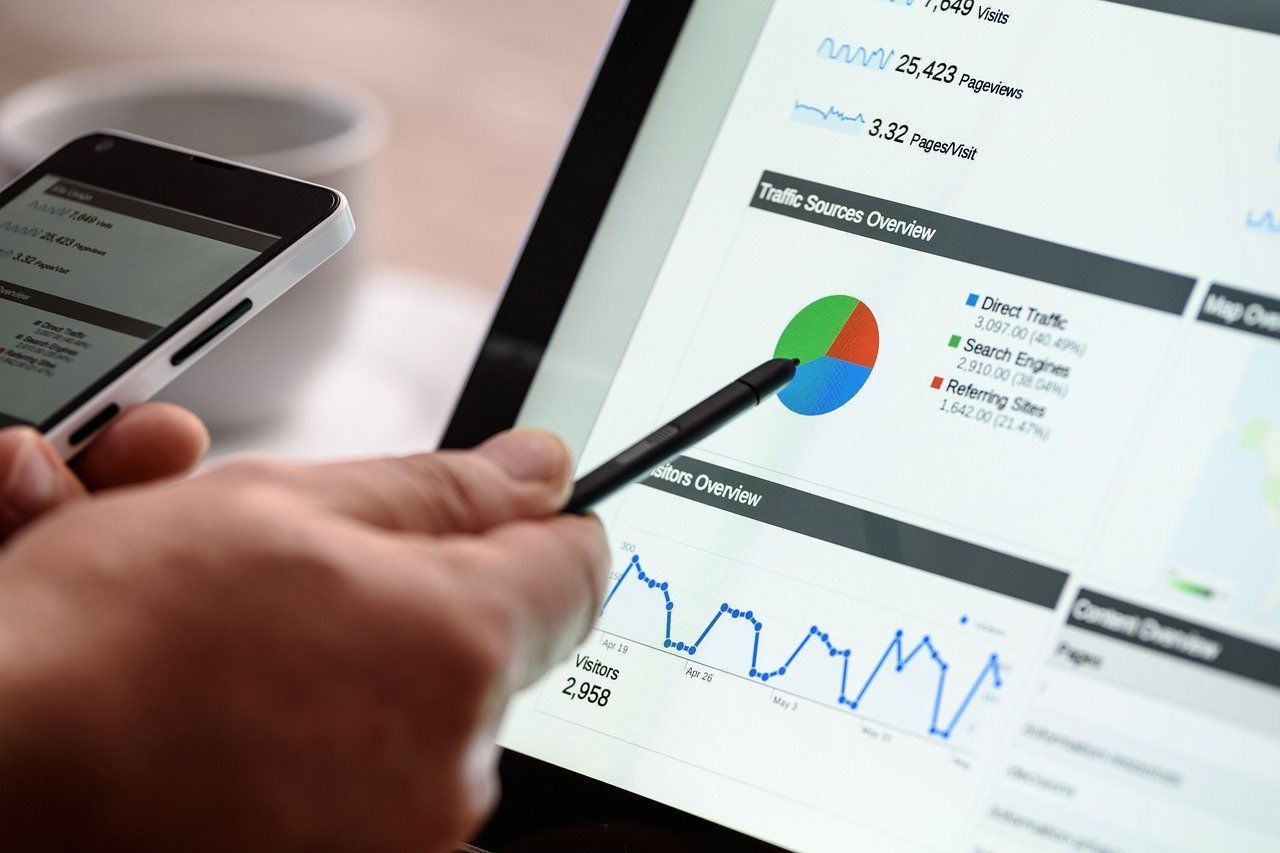Types of Google Ads Explained: Which Format Is Right for Your Business?
These days, Google search results are a goldmine of sponsored content. Look up local mechanics, for instance, and you’ll probably see a section labeled “Highly rated auto shops nearby” at the top. These ads can help people find vetted businesses quickly — perfect for when they need an oil change ASAP.
For your business, Google Ads is a powerful digital marketing tool to help customers find you when they need your products or services. Over 80% of marketers use these ads to connect with customers and increase sales. You can choose from several types of Google Ads with different purposes and benefits. By picking the right formats, you’ll boost your visibility and get the highest return on investment.
This guide breaks down eight different types of Google Ads, from basic search ads to AI-powered campaigns, and shares practical tips for choosing the ones that best fit your business goals.
The Top 8 Types of Google Ads For Your Business
What are the different types of Google Ads, and which ones work best for small businesses? Here are eight popular kinds and when to use them to help your company stand out.
1. Search Ads: Reaching High-Intent Audiences
Google is the undisputed king of online searches, processing almost 14 billion queries a day. Search ads appear on results pages when users look for relevant keywords. For example, search queries like “how to fix brakes” and “affordable engine repair” may display an ad for a mechanic’s shop offering those services.
Search ads are incredibly helpful for capturing high-intent buyers, especially when you use the right keywords. It’s safe to assume that someone searching for “transmission repairs Topeka” wants to schedule service immediately. On the other hand, a person looking for “Jeep maintenance schedule” is likely just gathering information.
Like most Google Ads, these promotions are pay-per-click (PPC) advertising. That means you only get charged when users actually click your ads, saving you money. Plus, some people might see your ads and look up your website later, attracting free leads even if they don’t click the first time.
2. Display Ads: Building Brand Awareness Across the Web
The Google Display Network is an ecosystem of 35 million mobile apps and websites that show visual ads all over the internet. For example, someone browsing a car maintenance blog may see a banner ad for a nearby auto repair shop.
Here are a few ways to use Display Ads to connect with customers:
- Develop top-of-funnel campaigns: Don’t wait for leads to stumble across your business organically. Use display ads to build familiarity at the very start of the buyer’s journey.
- Retarget leads: Sometimes, people visit your website but leave without booking anything. With Display Campaigns, you can remind them of your great offerings by showing them visual ads that take them to a landing page with more info.
- Increase brand lift: Using appealing visuals — like photos of glossy cars or your smiling employees — can boost your click-through rate and help your brand stick in customers’ minds.
3. Video Ads: Capturing Attention on YouTube
You can run video campaigns on YouTube and other partner sites. Here are a few popular formats:
- Skippable in-stream ads that users can choose to watch or skip
- Non-skippable in-stream ads that users must watch before starting or continuing a video
- Bumper videos, which are up to six seconds long and unskippable
Video ads can include a lot more content than traditional search ads, which makes them ideal for product demos and storytelling. For example, Toyota’s “Into the Wild” campaign used Google Ads to showcase its new 4Runner. The heartwarming videos follow a father and daughter as they explore a fantastical forest in their sporty vehicle.
4. Shopping Ads: Driving E-Commerce Sales
If you have an online store, you can use Shopping ads to promote your products directly in search results. These ads are designed to help customers visualize products quickly and include:
- Product photo
- Brief description
- Price
- Rating and number of views
- Availability, such as “Get today”
Shopping campaigns help drive clicks from people who are serious about buying products. A customer who searches for car air filters, for instance, can quickly compare prices and product descriptions. When they click your ad, it goes straight to your online store for a speedy checkout.
5. Local Service Ads: Connecting With Nearby Customers
Google Local Service Ads (LSAs) are designed to help service providers reach nearby customers. They let your target users in specific zip codes, so the ads only go to local customers who need immediate help. For example, a mobile mechanic or electrician in San Diego wouldn’t want to waste money advertising to people in Texas.
Unlike regular Google Ad campaigns, LSAs use a pay-per-lead model. You only pay when people use the ad to directly contact your business, maximizing your return on investment.
Plus, LSAs use more trust signals. All businesses must pass a rigorous verification process to buy these ads and get labeled as “Google Screened.” You can also earn the Google Guarantee badge, which means customers can get reimbursed by the platform if they’re not satisfied with your work. These green flags can boost your reputation and increase conversions.
6. Performance Max Campaigns: All-in-One Smart Advertising
Performance Max lets you use all types of Google Ads campaigns at once. You set conversion goals — such as “car accessory purchases” — and choose your target audience. Google AI uses this information to generate different ad types and automatically displays them across different channels to reach those goals.
For example, the AI might run ads across Google Search, Gmail, and YouTube with minimal human input. This automation can help you reach big-picture goals and lighten your employees’ workload, especially if you manage a smaller team.
7. Smart Campaigns vs. Performance Max: What’s the Difference?
Google used to offer Smart Campaigns, which automatically generated relevant keywords and optimized bidding. However, the platform started phasing out these Google Ads campaigns in 2024 as part of its broader push for AI tools. While some businesses may still have access to them, Performance Max is now the go-to option.
8. When To Use Discovery, App, or Other Formats
Not finding quite what you’re looking for? There are several niche types of ads in Google Ads, including:
- App Campaigns: Work best for promoting mobile-first products (like a vehicle maintenance tracking app) through Google Play and YouTube.
- Discovery Ads: Appear in high-intent user feeds and are perfect for introducing products or services.
- Google Merchant Center: Sync your product catalog with Google so your items appear across Google Search, Maps, and other platforms.
How To Choose the Right Campaign Type for Your Business
Google Ads are organized into campaigns with one or more ad groups, such as Shopping ads and LSAs. You can mix and match campaign types to fit your needs.
Here are a few factors to help you choose the right campaign types:
- Budget
- Customer preferences
- Desired conversions (phone calls, purchases, etc.)
- Geographic location (nationally vs. one city)
- Type of content you want to share (product descriptions, videos, etc.)
You won’t know how your customers respond to certain types of Google Ads until you try them, so don’t be afraid to experiment.
Maximizing Results With the Right Mix of Campaigns
There are countless Google Ads benefits, from increased brand visibility to higher conversion rates. But designing the right campaigns takes trial and error.
The ad experts at Optimize Digital Marketing can help you choose the perfect campaigns for your business. We’ll handle every step to get the best results. Schedule a consultation today to learn how we can take your Google Ads to the next level!
View Our Latest Posts



